9 Fruits and Veggies That Aren't as Healthy as You Thought
Low in nutrients or high in sugar and pesticides, some produce isn't great.
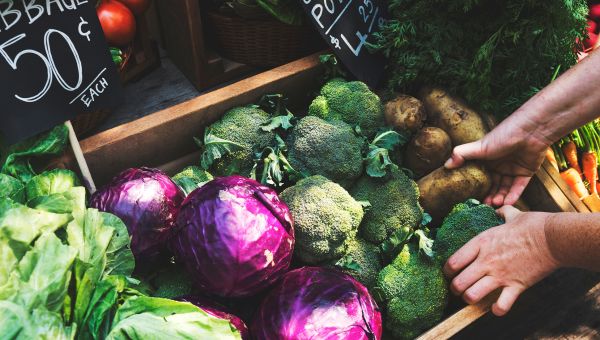
Don’t be fooled—not all fruits and vegetables are created equal. In fact, some produce isn’t as healthy as you might think, especially if it’s loaded with sugar, low in nutrients or covered in pesticides. Find out which fruits and veggies you might consider swapping for other nutrient-dense options.
Eat these veggies for optimal health.
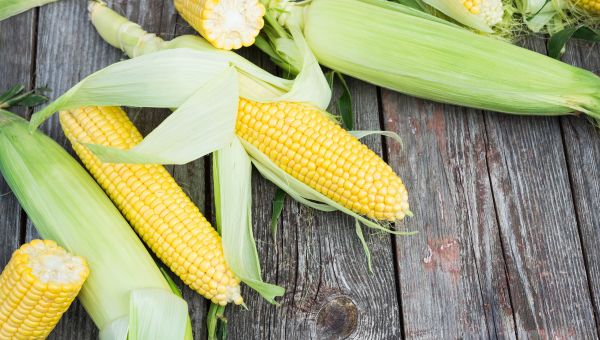
Veggie: Corn
Creamed, on the cob or frozen, corn may not deliver the nutritional benefits you hoped for. A fresh ear of corn contains no sodium, and like all vegetables, has no cholesterol, but corn also lacks the calcium—important for bone and tooth health—other vegetables like kale and broccoli have. Plus, the USDA classifies corn as a starchy vegetable, and has more calories than other vegetables, weighing in at 180 calories per cup.
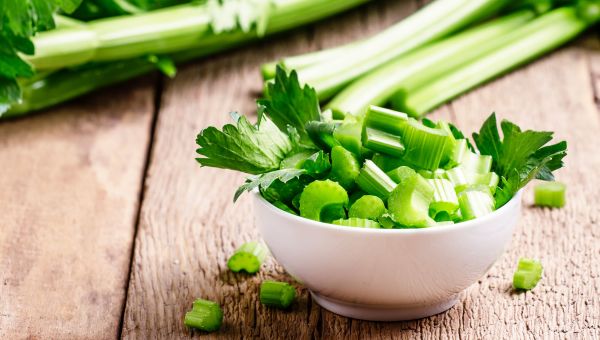
Veggie: Celery
There’s an old myth that eating celery actually burns calories, but unfortunately, it’s not true. In fact, celery doesn’t contribute much to your body at all. It lacks a substantial amount of many of the nutrients often found in green vegetables, like vitamin C and vitamin A, and is often treated with pesticides. Based on data from the USDA, celery is ranked in the top five of the dirtiest produce due to its high pesticide residue.
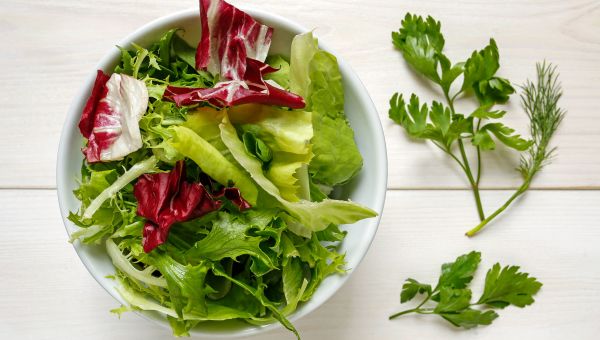
Veggie: Lettuce
Don’t get us wrong: lettuce is fine for a sandwich or as a base for your salad, but when it comes to nutritional value, lettuce is near the bottom of the list. For a more nutrient-rich green, try swapping your iceberg for a crispy bunch of kale. Not only is it loaded with vitamins A and C, but it’s good for your vision, immune system and skin and bone health, too.
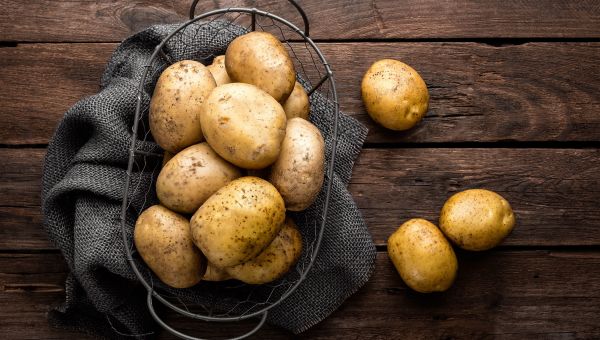
Veggie: Potatoes
Spuds might contain more carbs and calories than they’re worth. One medium potato at 160 calories isn’t exorbitant, but you can save nearly 100 extra calories by opting for baked or mashed butternut squash instead. Plus, potatoes notoriously cause blood sugar spikes, which can be concerning for those with diabetes. Even sweet potatoes aren’t as healthy as you might think. Swap your sweet potatoes for the same amount of butternut squash to reduce sugar intake by a whopping 66 percent.
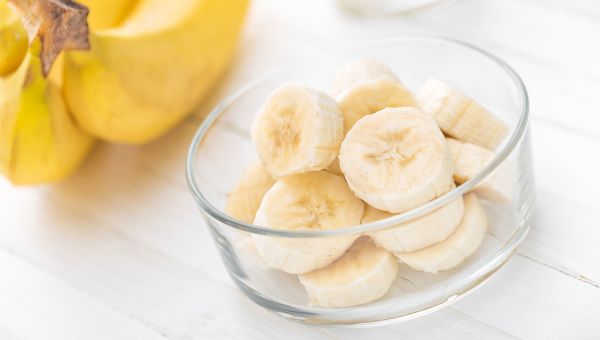
Fruit: Bananas
Bananas are jam-packed with natural sugars. Sure, natural sugars are preferable to added sugars found in processed foods, but they can still cause a spike in blood sugar. Bananas have a higher glycemic load, which determines how much a food will affect blood sugar levels. Foods with lower glycemic loads tend to promote weight loss. If you’re craving fruit, swap bananas for raspberries, which contain only five grams of sugar per cup.
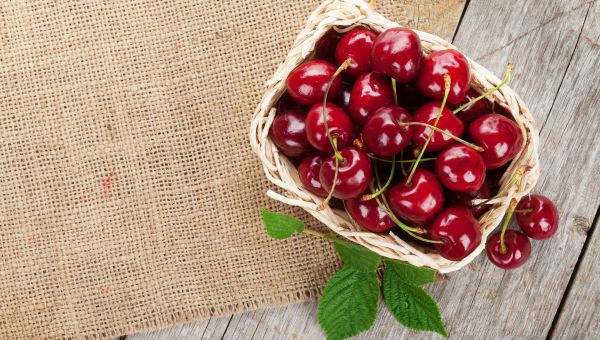
Fruit: Cherries
Looking for a dose of vitamin C? Sweet cherries may not be your best bet if you’re also watching your sugar intake. A single cup of cherries contains a whopping 18 grams of sugar. You don’t have to ditch the stemmed goodies for good, but be mindful of how many pieces you’re popping into your mouth.
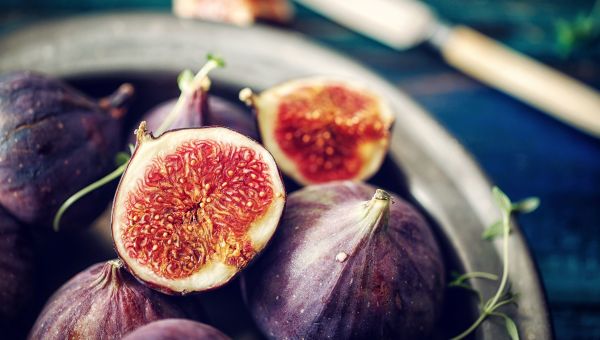
Fruit: Figs
Unfortunately, aside from their sweet taste, figs don’t have much nutritional value. Figs are low in nutrients, but high in sugar—up to 10 grams in a single piece of fruit. If you’re looking to cut back on sugar, enjoy figs in moderation, and or swap them for half of a nutrient-rich grapefruit. A half of a grapefruit contains only 50 calories, and is rich in vitamins A and C.

Fruit: Grapes
Although healthy in moderation, one cup of grapes contains 23 grams of sugar—the same amount as some candy bars. A small bunch of bitter green grapes won’t spike your sugar levels, but it can be easy to overeat them. Grapes also have a high glycemic load—at 11 per serving—so they deliver a lot of sugar to your blood stream quickly. Mindlessly snacking on a large bag of grapes sure beats a bag of chips, but pay attention to your portion sizes.
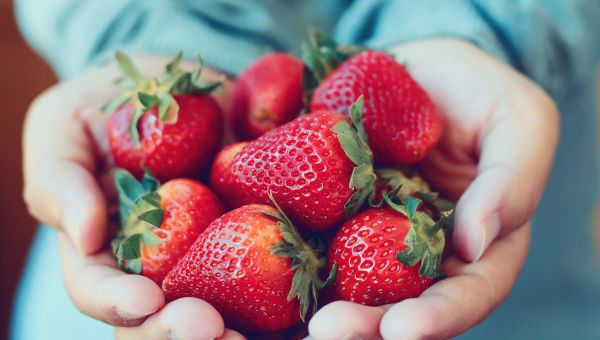
Fruit: Strawberries
The rich red color and sweet taste of strawberries might entice you, but what’s lurking on their surface may send you running from the produce aisle. For the second year in a row, the fruit has topped the definitive list of pesticide-ridden produce, earning first place on the Environmental Working Group’s (EWG) Dirty Dozen.
The best way to have your bowl of berries and cream sans chemicals? Go organic! To be considered organic, fruits and veggies must be grown without synthetic pesticides, fertilizers, GMOs and more.
Worried about the price of organics? Fear not. You don’t have to dish out extra cash to enjoy a sweet piece of produce. Just opt for an item on the EWG’s Clean Fifteen list instead. One of our favorites is papaya. This fleshy fruit is low in sugar and calories, and rich in immune-boosting vitamin C.
More On


video
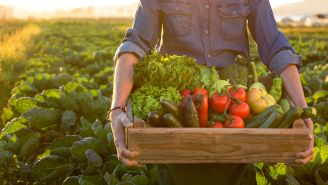
article

slideshow


video


video
